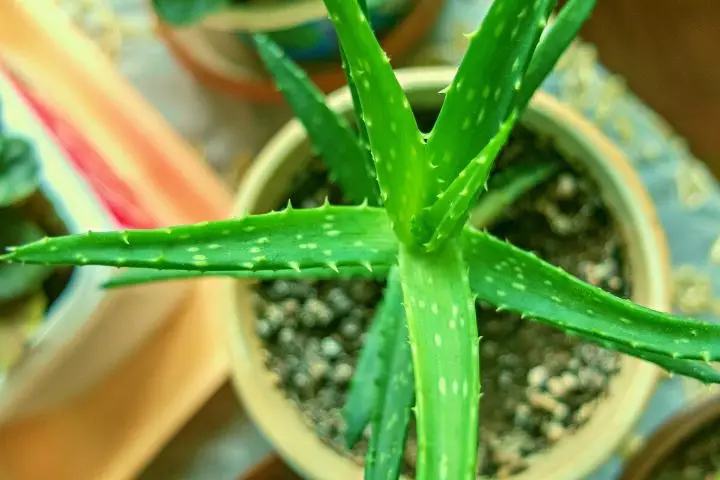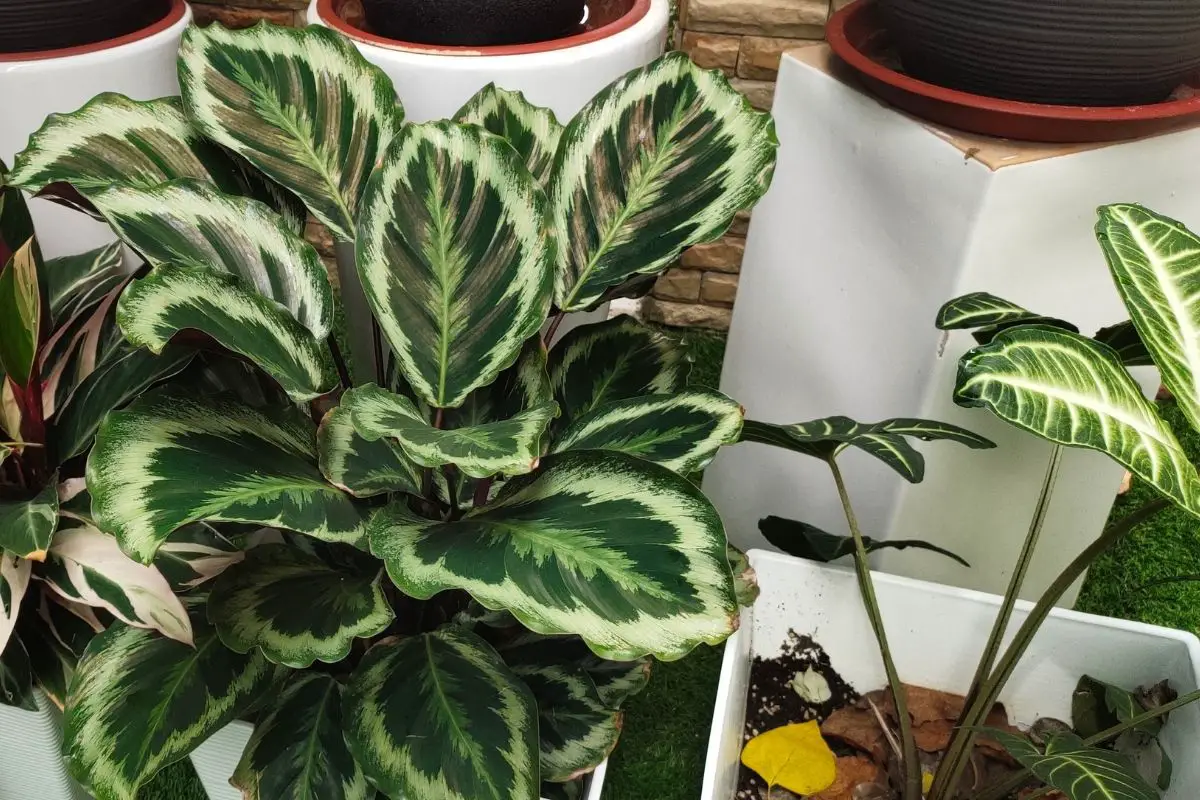Plants That Go Dormant in Winter | + How to Take Care of Them
Just like every person has their preferred seasons – some people want sunshine and warmth all year long, while others can’t get through the winter without building snowmen in their front yard – plants also have seasons when they thrive and seasons when they rest!
Most plants at some point in the year will pause their growth when the conditions are not ideal. But fear not! They are still alive – they are just taking a much needed break from photosynthesizing.
Related Article: Fast Growing Indoor Plants & Best Indoor Plants for Beginners
Why do plants go dormant?
Just like how bears go into hibernation in the winter time, plants do something similar during the cold months. Since most plants flourish with sunlight and warm weather, in order to survive during the winter when the sun makes itself scarce and temperatures fall, they will pause their growth and conserve their energy until it’s tanning season once again. In some regions this is absolutely crucial to their survival, especially where temperatures reach freezing and the air becomes extremely dry.
How to care for dormant plants

While all plants vary in their abilities to withstand winter environments, there are a few key things that a plant parent should remember across the board when trying to help their plants make it through the gloomy season. Since plants are not growing during dormancy, they don’t require the same level of nutrients and hydration, so it’s important to balance the level of care you’re giving them.
- Reduce frequency of watering.
- Reduce frequency or completely stop fertilizer.
- Maintain as much warm temperature and sunlight as possible.
Remember, less is more!
Chinese Evergreen
Never had a plant before? This is the one for you! Chinese evergreens are among the most popular houseplants because of how easy they are to take care of. They’re a tough bunch and don’t start wilting at the first sign of bad weather, which makes them ideal for all climates. You could say they’re experts at dormancy! Even still, make sure your giving your Evergreen adequate sunlight to keep it healthy during the cold months.
Aloe vera
This plant is a global fan favorite, known for its limitless benefits for the hair, skin and body. Aloe vera is antibacterial, can be used for wounds, can improve wrinkles and even helps with blood sugar. What can’t aloe vera do? That is what makes it a great addition to a houseplant collection. You can pluck off the leaves and peel the outside to reveal the aloe gel underneath, and use it directly or make DIY mixtures for various uses.
During its dormant months, aloe vera can even survive without being watered (as long as you’ve been quenching its thirst adequately during its growing season). Aloe vera isn’t a fan of frost, but can tolerate most winter conditions.

Philodendron ‘Green Wonder’
Philodendrons LOVE being houseplants. They don’t mind some outdoor adventures once in a while, but much prefer spending their days indoors basking in the sun from the comfort of your living room or bedroom. To make sure they stay happy during dormancy, make sure in the previous months to keep it well watered and fertilized, reducing the frequency of both while they are dormant.
Marble Queen Pothos
Don’t have an air purifier? Well, how about an air purifying plant instead? That’s right, this plant can effectively REMOVE toxins from the air in your home, and they can even get rid of odor. Despite being a queen, they require relatively low maintenance. They can survive in dimmer light and they prefer drier soil, so don’t require an excessive amount of watering. However, it has earned the name Devils Ivy for a reason – Marble Queens are highly poisonous, so should be kept away from pets and children.
Snake plant
This is another plant that has air purifying abilities. Snake plants are great indoor residents as they absorb toxins and release clean oxygen. Of all the houseplants you can keep, this one is probably the most resilient. (Though that’s not why they call it ‘mother-in-law’s tongue’ – the nickname comes from their sharp, tongue-like appearance.) Despite their bold personality and strength, they still need to be taken care of in the winter by making sure not to over-water or fertilize.
Frequently Asked Questions

Do all plants go dormant in the winter?
Most plants go dormant at some point or the other and to higher or lower degrees, depending on their prefered conditions. Most plants will go dormant in the winter, but there are certain plants that prefer the winter environment and therefore will go dormant in the summertime.
How can I tell if my plant is dormant or dying?
If you start to notice that your plant is no longer growing, don’t panic! This does not necessarily mean it is dying. There are a few obvious signs that the plant is dying, including significant wilting, browning spots, loss of color and sometimes an off smell. If you don’t see any of these, your plant is most likely simply resting and conserving its energy.
If you still are not sure, you can try the snap-scratch test, which is exactly what it sounds like. Try snapping off a leaf or branch of your plant. If it snaps off without much resistance and appears gray-ish on the inside, this is likely a dying plant. If your plant is stubborn and doesn’t want to snap, and still appears to have its bright colors intact on the inside, if you do manage to snap it, then you’re in the clear!
Do I need to wake up a dormant plant?
Most plants will come out of dormancy on their own when the weather conditions return to their preferred levels. Warmth and sunlight will do the trick. If you find that your plants are still not growing well into the spring months, you can expose them to additional sunlight, increase frequency of water and add fertilizer to ‘wake them up’ and boost their growth once again.






